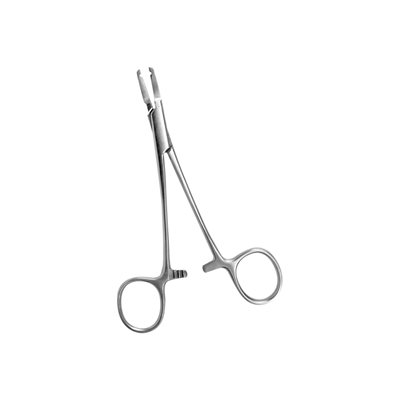For Professional Piercers & Studios – Verified Access Required
- Home>
- Tools & Supplies>
- Forceps & Pliers>
- Hemostats for dermal anchor pin
Hemostats for dermal anchor pin
Product Code: PT33-14
Dimension : 5 1/2" (15cm)
WARNING : Do not lock forceps when placing them in an autoclave. The extreme heat could crack the hinge as the metal expands.
WARNING : Do not lock forceps when placing them in an autoclave. The extreme heat could crack the hinge as the metal expands.
-
Contact us for pricing
- Quantity Available: 4


